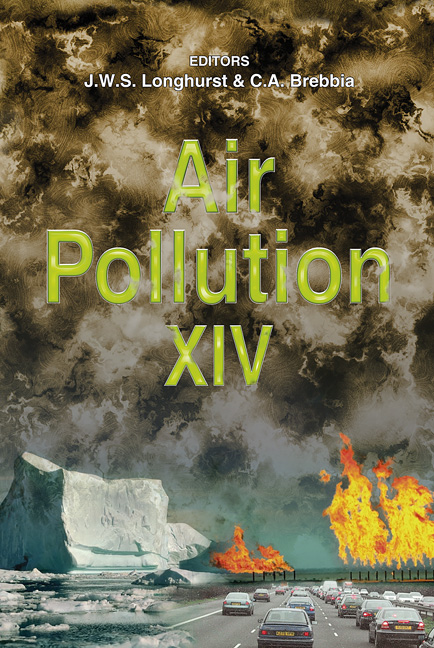Correction For Accurate Instantaneous Emission Measurements Of Passenger Cars
Price
Free (open access)
Transaction
Volume
86
Pages
10
Published
2006
Size
1,112 kb
Paper DOI
10.2495/AIR060701
Copyright
WIT Press
Author(s)
T. Le Anh, S. Hausberger & M. Zallinger
Abstract
Instantaneous emission models use emission measurements of vehicles or engines in transient test cycles in the form of emission maps (velocity/acceleration or engine torque/engine speed). The advantage of this method is that a complete map can be gained from one test cycle. Since the engine map is available, it is possible to integrate new, unmeasured driving patterns over the model and calculate their emission factors without further measurements. However, instantaneous emission models need a precise time alignment between the emission value and the engine load. Otherwise systematic errors will occur in the resulting emission maps. Because of analyzer’s response time, a variable exhaust gas flow leading to a variable transport time of the exhaust gas to the analyzer, and mixing processes within the exhaust gas lines, it is crucial to correct the measured data before using them in the instantaneous emission models. This paper presents a CFD simulation of emission transport from engine-out to the analyzer, whereby impacts which cause emission signal misalignment and smoothing are investigated. A correction method via mathematical functions is given to align analyzer signals to engine-out by compensating the variable transport time and to reconstruct those signals closer to their original formation by compensating the signal smoothing. The variable time shift of undiluted exhaust gas has a significant role especially for systems with a long exhaust pipe, and in the case of an engine running with high variable speed and load. This correction method was successfully validated within the ARTEMIS (Assessment and Reliability of transport Emission Models and Inventory Systems, http://www.trl.co.uk/ARTEMIS) project by means of PHEM, an instantaneous emission model based on engine emission maps created and applied recently at TU-Graz. Keywords: instantaneous emissions, emission signal correction, instantaneous emission model, engine map, emission movement modeling.
Keywords
instantaneous emissions, emission signal correction, instantaneous emission model, engine map, emission movement modeling.





